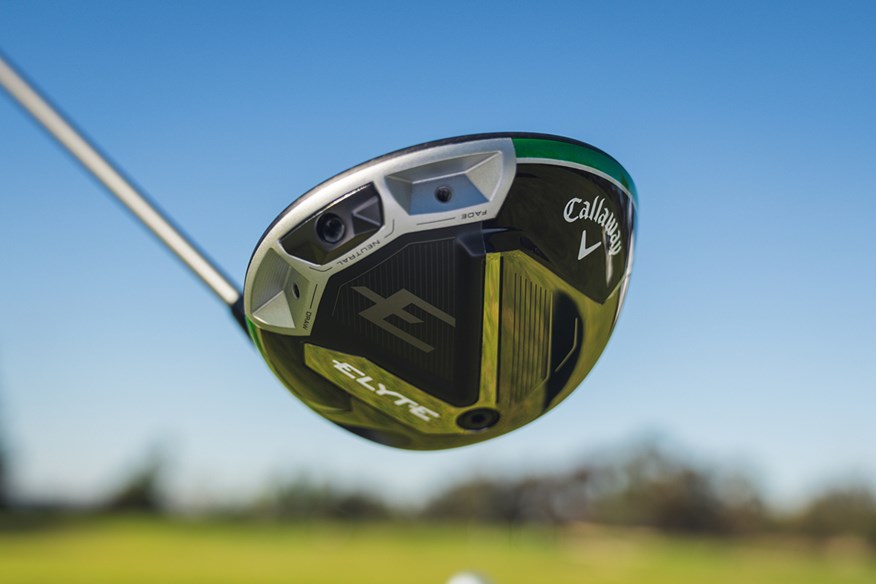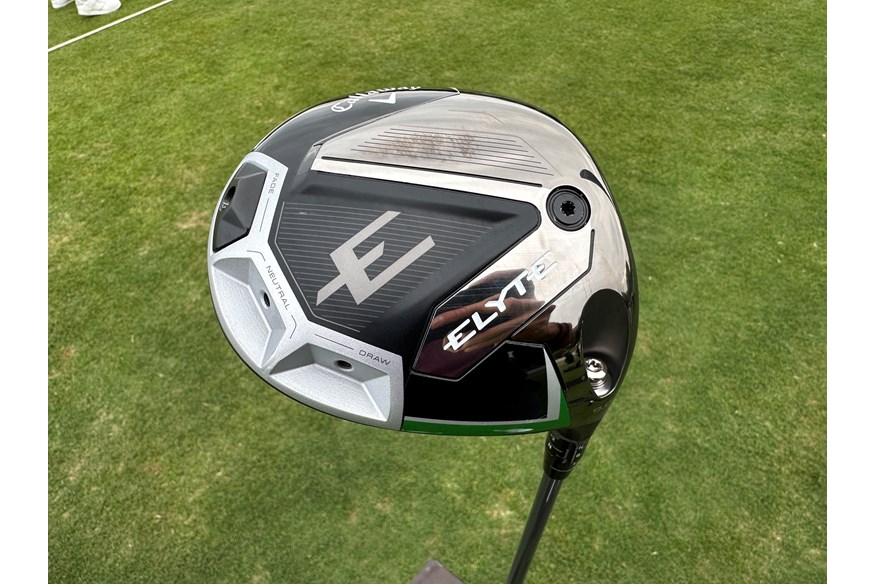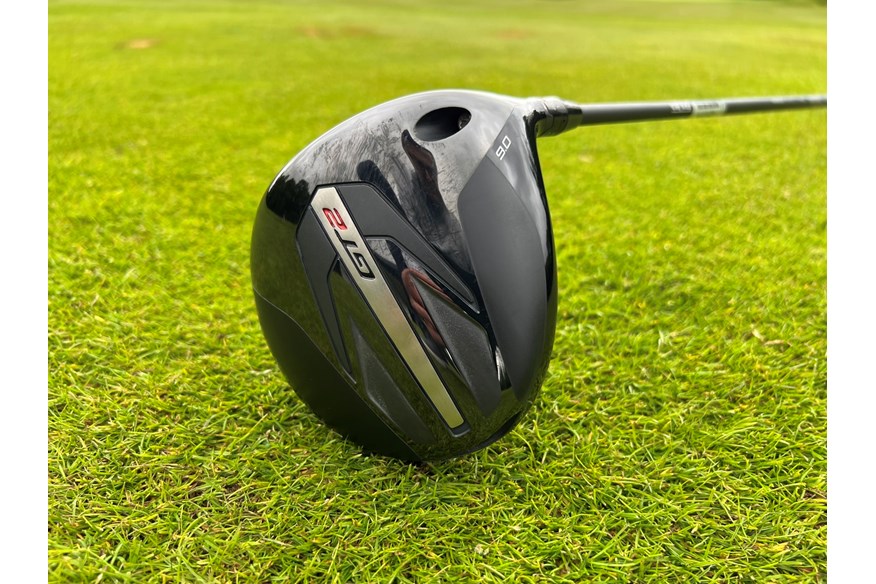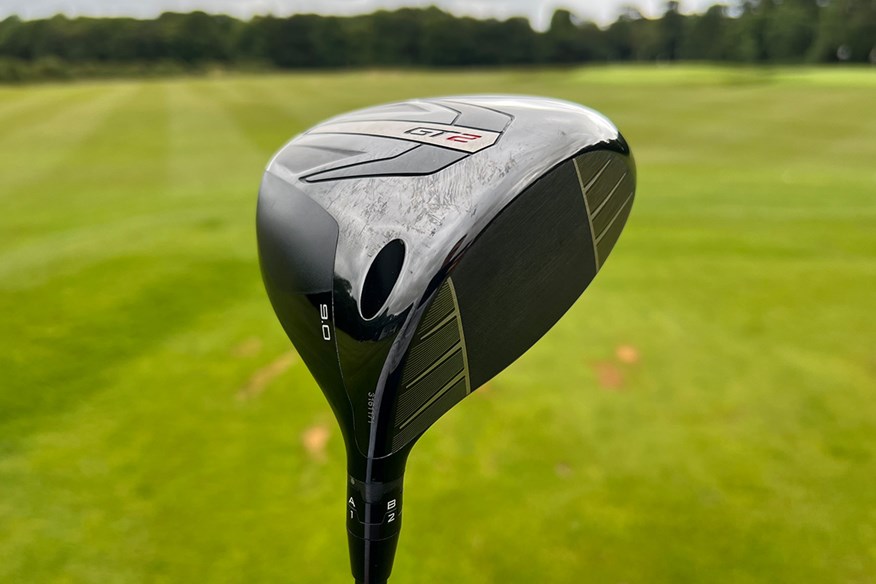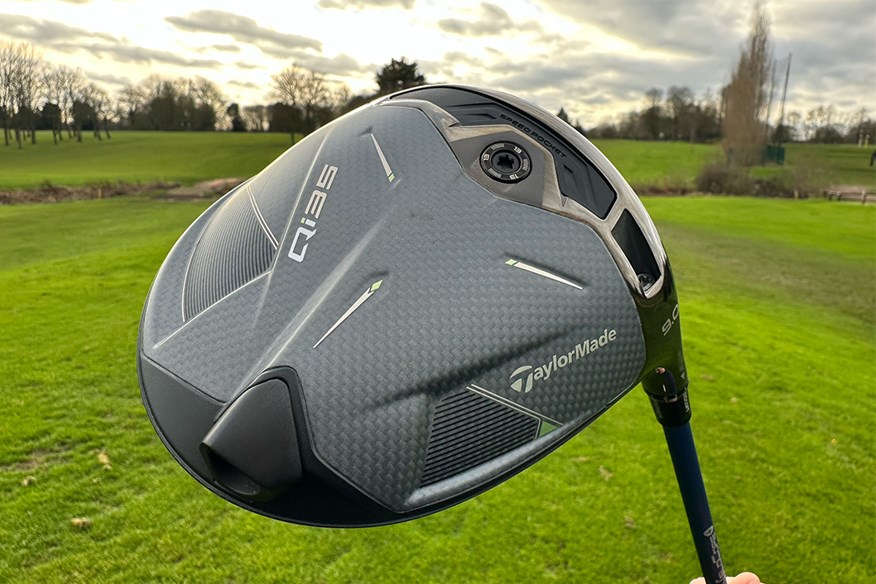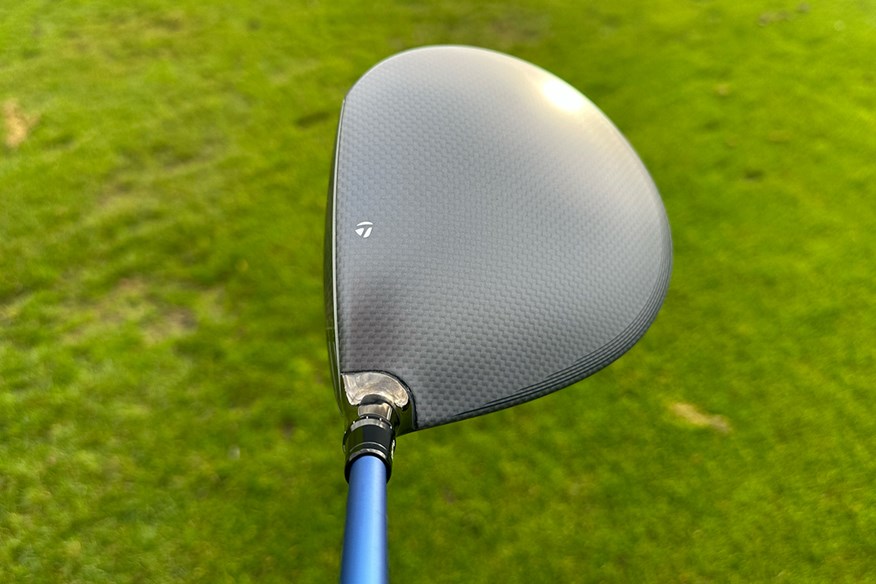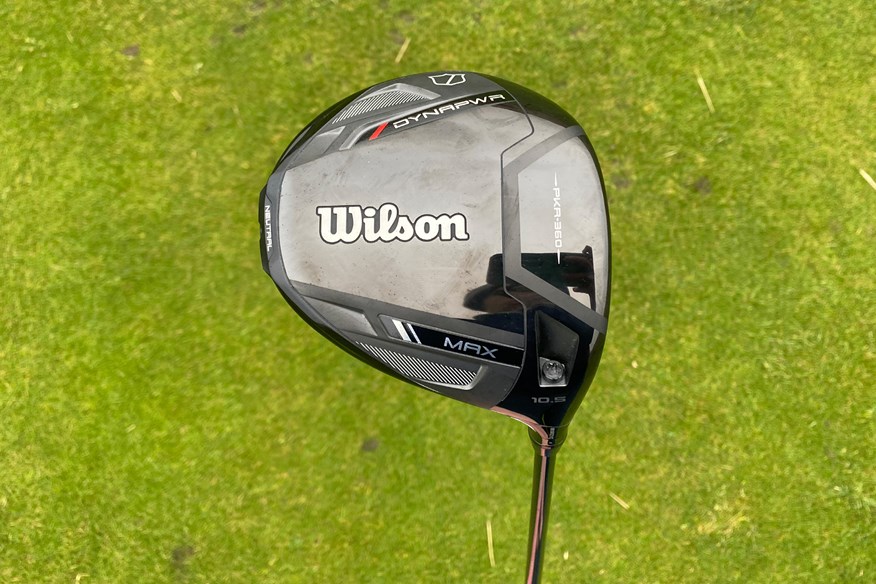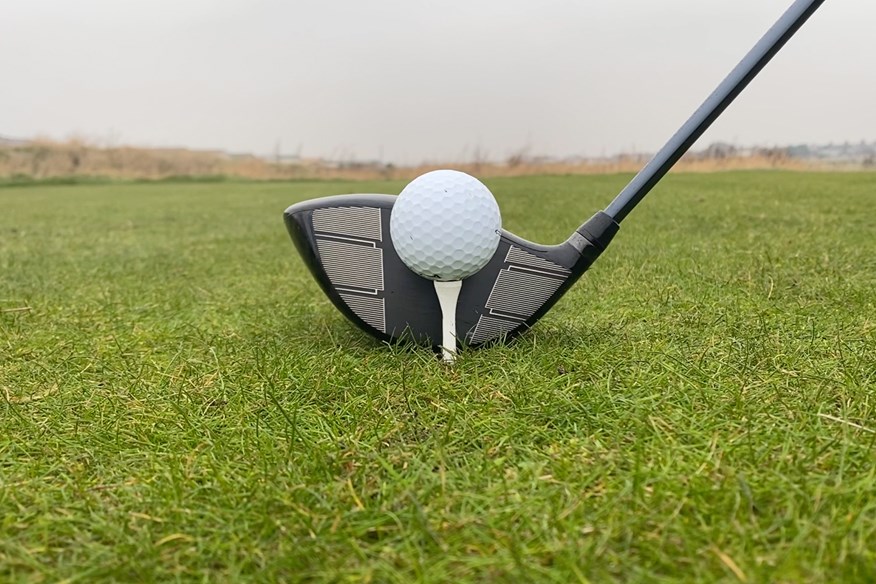I need more help but I don’t want to give up distance: The best mid-handicap drivers of 2025
Last updated:
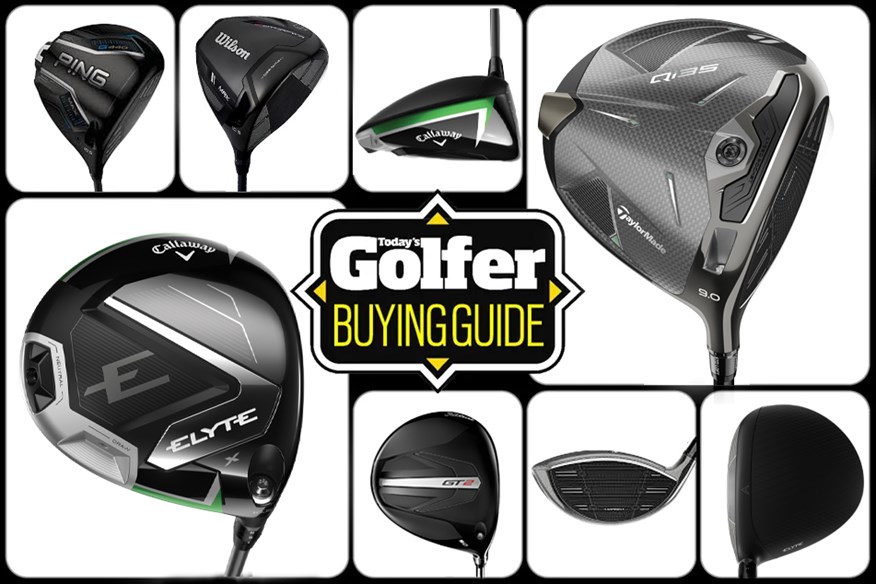
Modern drivers are built for either power or forgiveness, but what if we need both? Today’s Golfer reviews the best drivers for mid-handicap golfers in 2025
Picking from all the models of new drivers in 2025 as a mid-handicap can be a more difficult experience than expected. We aren’t struggling to hit the driver so much that the ridiculously forgiving head is going to be a game-changer for us but we also know we can’t stand up there with something super low-spin and still get the most out of it with consistency.
So what should we be looking for from a new driver? It may sound obvious (and somewhat unhelpful) but something that sits in the middle of everything is our golden zone.
And by ‘golden zone’, what we mean is it has to help with our shortcomings. We need a product that can provide the confidence for us to swing freely but shouldn’t also spin up to the moon as most weight-back/high-MOI heads might do. We need a driver that keeps the ball moving as far down the fairway as we should expect from our speed but not something that ends up dropping out of the sky like a Roger Federer forehand, largely the remit of weight-front/low-spin designs.
With that in mind, as we begin our search like the young, blonde-haired child of the fable’s fame, which metaphorical bowl of porridge could be just right to satiate our particular tastes?
How we tested drivers
Here at Today’s Golfer, we make sure that you understand why we’ve decided on our selections, so we have exact criteria for choosing our ‘best of’ equipment. The short of it is that we’re looking at as many data points as we feel are necessary to create a fair appraisal of each club – in this case, drivers.
For drivers, the testing spec is 10.5° loft with a stock option stiff flex shaft. A launch monitor analyzes impact location and records where shots go and how they fly along the way.
For every model, 12 shots are collected all of which our test pro is happy with strike on. Only once all clubs within a test have been hit do we start looking to analyze the data. If a driver is spinning significantly higher than the optimal level we move both loft and weight until the setup is as optimal as it can be for our testing pro. Where this happens, we show both the optimized and non-optimized data sets so golfers can see differences in the chosen settings.
The exemplar of the mid-handicap driver
Utilizing a supercomputer, Callaway have introduced a new Ai10x face to the Elyte family, focusing on creating more consistent ball speed across the entirety of the hitting area. This means that the help for off-center strikes on the Elyte comes from the front of the club, not by pulling weight further back in the head - the traditional way of raising the Moment of Inertia.
Callaway says, and based on our testing we also believe, that this allows the Center of Gravity (CG) to stay closer to the face and increase ball speed on middle strikes while letting the 'Ai Smart Face' take care of the lesser strikes we can sometimes be on the other end of.
From personal experience with this club, I struggle to find a fault with it. It does everything I'd want from a middle-of-the-series performer: I got great ball speed and carry distance, the bad shot stayed straighter and didn't see the drop-off I expected them to, and although the visual appeal doesn't quite hit the spot, the playing profile is definitely improved.
Read our Full Review of the Callaway Elyte Driver.
TG Test Pro Data :
Ball Speed 165.3 mph | Carry 283.3 yards | Spin (Total) 2,692 rpm | L-R Dispersion 26.1 yards
Pros
- No difficulty achieving good launch
- 'Ai Smart Face' retains ball speed across the face
- Improved crown visual from last year
Cons
- Shelf appeal aesthetic could be improved
| Loft | <strong> </strong>8º, 9º, 10.5º |
| Stock Shafts | Aretera EC1 Blue, Mitsubishi Chemical Tensei 1k Black, True Temper Denali Charcoal |
| Stock Grip | Golf Pride Tour Velvet 360 |
Maximum forgiveness
Most forgiving
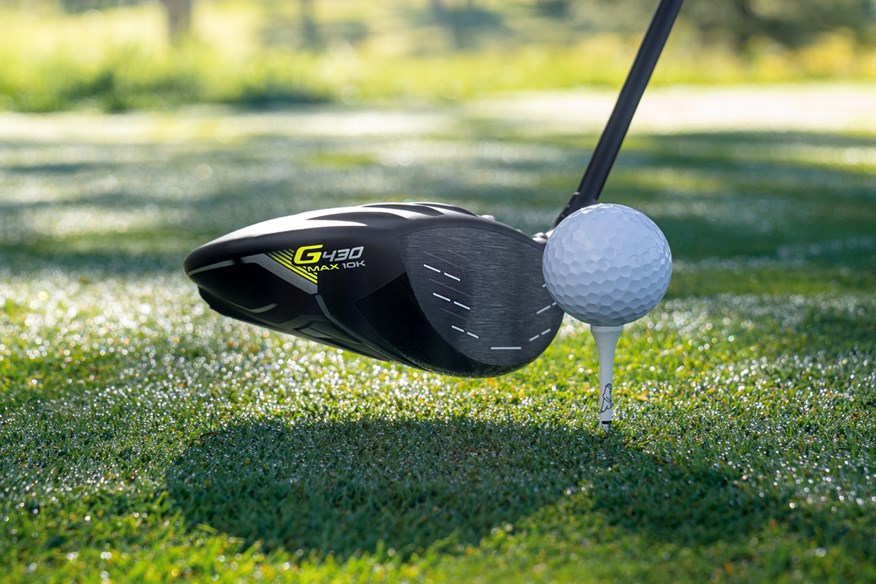

The G430 10K is the most forgiving driver on the market, baring maybe the Taylormade Qi35 Max, but it's not actually the forgiveness that has this model included in the list. We wanted to include the 10K over its cousin, the G430 Max, because of the profile of the head. Looking at the shape of both of these Ping drivers, you can really notice the stretched-back design in the 10K, helping pull weight into the rear of the head to achieve the 10K MOI rating.
What isn't as obvious, though, is that to maintain that shape while also staying inside the 460cc size limit, the profile has also had to have had some depth taken out of it. This shallower setup has also pulled CG lower down, and with lower CG, we get lower spin.
This was exactly the case in my time with 10K, and why it's the recommendation over the G430 Max. Pairing a driver with this much forgiveness, along with the naturally lower spin of the head shape, makes this a formidable product for many golfers.
The only downside is that, with the shallow face, it may not suit golfers who miss high as much as it helps with heel-toe misses.
Read our Full Review of the Ping G430 10K Driver.
TG Test Pro Data (9°):
Ball Speed: 163.1 mph | Backspin: 1993 rpm | Carry: 270 yds | Shot Area: 542.4 yds2
Pros
- One of the most forgiving drivers on the market
- Lower spin than most models in it's category
- Sneaky long
Cons
- Shallow face height may not suit every golfer
| Lofts | 9º / 10.5º / 12º |
| Stock Shafts | Ping Alta CB 55g / Tour 2.0 Chrome 60g / Tour 2.0 Black 65g |
| Stock Grips | Golf Pride Tour Velvet 360 50g |
Elegance for the mid-handicap golfer
The GT2 has gained its position on the list for us because of the incredible range of setups that are achievable in just one head. Trust me, if you can't find a configuration in this range of options to suit you, it's no longer the club's fault! The shaft options available both from stock and custom ranges are some of the most varied on offer from a major manufacturer.
The GT2 is also on the list over the TSR3 because of the added forgiveness on display. The GT3 is fantastic in its own right, but the premium with that model is based on finding the middle, and as we're mid-range handicaps, we know we don't always have a guarantee of that much-needed contact.
Read our Full Review of the Titleist GT2 Driver.
TG Test Pro Data (10°):
Ball Speed: 163.1 mph | Backspin: 2727 rpm | Carry: 280.4 yds | L-R Disperion: 26.2 yds
Pros
- Highly customizable for individual needs
- Shaft options are industry-leading
- An all-rounder in performance
Cons
- Maybe too much of a Jack-of-all-trades
| Lofts | 8° / 9° / 10° / 11º (RH/LH) |
| Stock Shafts | Project X Denali Red / Mitsubishi Tensei 1K Blue / Project X HZRDUS Black 5th Gen / Mitsubishi Tensei 1K Black |
| Stock Grip | Titleist Universal 360 Grip |
Offers a ton of performance
The standard model offers a ton of performance in both categories mentioned above, while not sacrificing in either direction. The feeling that comes to mind when hitting this driver is similar to how I felt when I first hit the OG M2 in 2016 - a real unicorn offering that you'd be hard-pressed to find a golfer that this doesn't work for.
A respectable variety of stock shafts (and the ability to order this with Tiger's upcharge Tour AD-VF shaft) adds to the appeal that the crowd of golfers playing Taylormade drivers already are well aware of. The carbon face, now in darker blue has a more subtle muted sound and feel compared to other brands out there helping it to stand out in the bay when you first try them.
A small bonus, for those who like to stand out amongst their peers, is that Qi35 is available in multiple colors in what Taylormade is calling 'Designer Series', giving you the chance to make the driver truly yours.
Read our Full Review of the Taylormade Qi35 Driver.
TG Test Pro Data (10°):
Ball Speed: 163 mph | Backspin: 2287 rpm | Carry: 283.7 yds | L-R Dispersion: 27 yds
Pros
- Plenty of power on offer
- More forgiving than anything Taylormade has previously made
- Designer Series is a cool way to stand out from the rest
Cons
- Adjustability isn't as extensive as other brands
| Lofts | 9º / 10.5º / 12º |
| Stock Shafts | Fujikura Air Speed 50g / Mitsubishi Diamana T+ 60g |
| Stock Grip | Golf Pride Z-Grip Black/Silver |
Wilson continues their fine form for 2025
The Wilson Dynapower Max gave us some strange results with our Testing Pro, which was then backed up with further testing in our official review. The L-R dispersion just missed off the top spot, but the remaining data metrics fell flat. We'd still recommend this driver to the amateur golfer seeking help finding the fairway, however the distance needs to be improved to rival the top dogs in this category.
TG Test Pro Data:
Ball Speed: 161.5 mph | Backspin: 2887 rpm | Carry: 273.2 yds | L-R Dispersion: 18.7 yds
Read our full Wilson Dynapower Max Driver review.
Pros
- Lots of driver for the money.
- Designed for club golfers and very forgiving.
- Great looking head shape.
Cons
- Overall distance significantly lacking.
| Lofts | / 9° / 10.5° / 12° / 12° Lite |
| Stock shafts | UST LIN-Q M40 Red 5/6 | UST Helium NCT 4 Lightweight |
| Stock grip | Lamkin Crossline 360. |
Best Mid-Handicap Drivers: Head-to-Head Data
| Manufacturer | Model | Loft (°) | Clubhead Speed (mph) | Ball Speed (mph) (+/- SD) | Carry Distance (yds) (+/- SD) | Spin Total (rpm) (+/- SD) | Launch Angle (°) | Height (yds) | Descent Angle (°) | L-R Dispersion (yds) |
| Wilson Staff | DynaPower Carbon (Forward) | 10.5 | 117 | 165.2 (2.6) | 289.9 (8.3) | 2,442 (478) | 12.8 | 38.1 | 42.0 | 44.3 |
| Wilson Staff | DynaPower Carbon (Rear) | 10.5 | 115.6 | 165.3 (1.3) | 284.8 (5.8) | 2,682 (187) | 11.7 | 37.4 | 42.3 | 16.1 |
| TaylorMade | Qi35 (Forward) | 10.5 | 116.1 | 163.0 (2.0) | 283.7 (4.8) | 2,284 (503) | 11.8 | 32.5 | 37.7 | 27.0 |
| Callaway | Elyte | 10.5 | 117.3 | 165.3 (0.6) | 283.3 (6.7) | 2,692 (443) | 11.4 | 35.7 | 40.8 | 26.1 |
| Cobra | DarkSpeed-Adapt X (Forward) | 10.5 | 116.2 | 161.1 (1.6) | 282.4 (7.1) | 2,443 (308) | 12.9 | 37.1 | 42.1 | 36.7 |
| Ping | G440 Max | 10.5 | 115.1 | 163.1 (1.3) | 281.8 (5.7) | 2,702 (344) | 12.9 | 39.9 | 43.7 | 31.9 |
| Titleist | GT2 | 10.0 | 115.5 | 163.1 (1.6) | 280.4 (5.3) | 2,728 (249) | 12.1 | 37.9 | 41.9 | 26.2 |
| PXG | Black Ops (Forward) | 10.5 | 113.7 | 163.1 (0.9) | 280.1 (6.4) | 2,610 (398) | 11.2 | 34.0 | 40.3 | 25.6 |
| PXG | Black Ops (Rear) | 10.5 | 113.2 | 162.5 (1.8) | 278.0 (5.9) | 2,696 (221) | 12.0 | 36.7 | 42.1 | 41.9 |
| Cobra | DarkSpeed-Adapt X (Rear) | 10.5 | 116.7 | 161.4 (1.6) | 276.8 (6.3) | 2,777 (293) | 12.9 | 39.6 | 44.0 | 21.5 |
| TaylorMade | Qi35 (Rear) | 10.5 | 115.9 | 162.4 (1.3) | 275.8 (7.0) | 2,856 (407) | 11.7 | 36.7 | 41.9 | 17.9 |
| Srixon | ZXi | 10.5 | 115.3 | 161.1 (1.9) | 275.4 (6.4) | 2,822 (399) | 13.4 | 40.9 | 45.0 | 48.4 |
FAQS: Frequently Asked Questions
What is considered a Mid-Handicap?
A Mid-Handicap golfer is considered to be someone generally shooting scores from 82-92 or a 10-20 handicap. These golfers are capable of playing good golf and don’t struggle to hit a club but haven’t reached the levels of control you see from single-figure golfers.
How do I choose the right driver?
The best way to know what works best for you is still to go and get custom fitted for a driver. A good fitting will find an improvement over your current driver and help you understand why the new one is right for you so you can trust your new purchase.
What is the most popular driver on the PGA Tour?
The most popular driver on the PGA Tour is the Titleist GT series but that doesn’t mean its the best product for you. We’d still advise you go and get fitted, just like all the players on the PGA Tour have been.
How often should you change drivers?
A harder question to answer! Ideally, we’d like to see woods see 4-5 years of use before you change them (irons are a bit longer at 9-10 years), but it is also your hobby to invest in how you wish so there’s nothing wrong with changing your driver every year.
SUBSCRIBE TO TODAY’S GOLFER: Print and Digital access, discounts and rewards!
